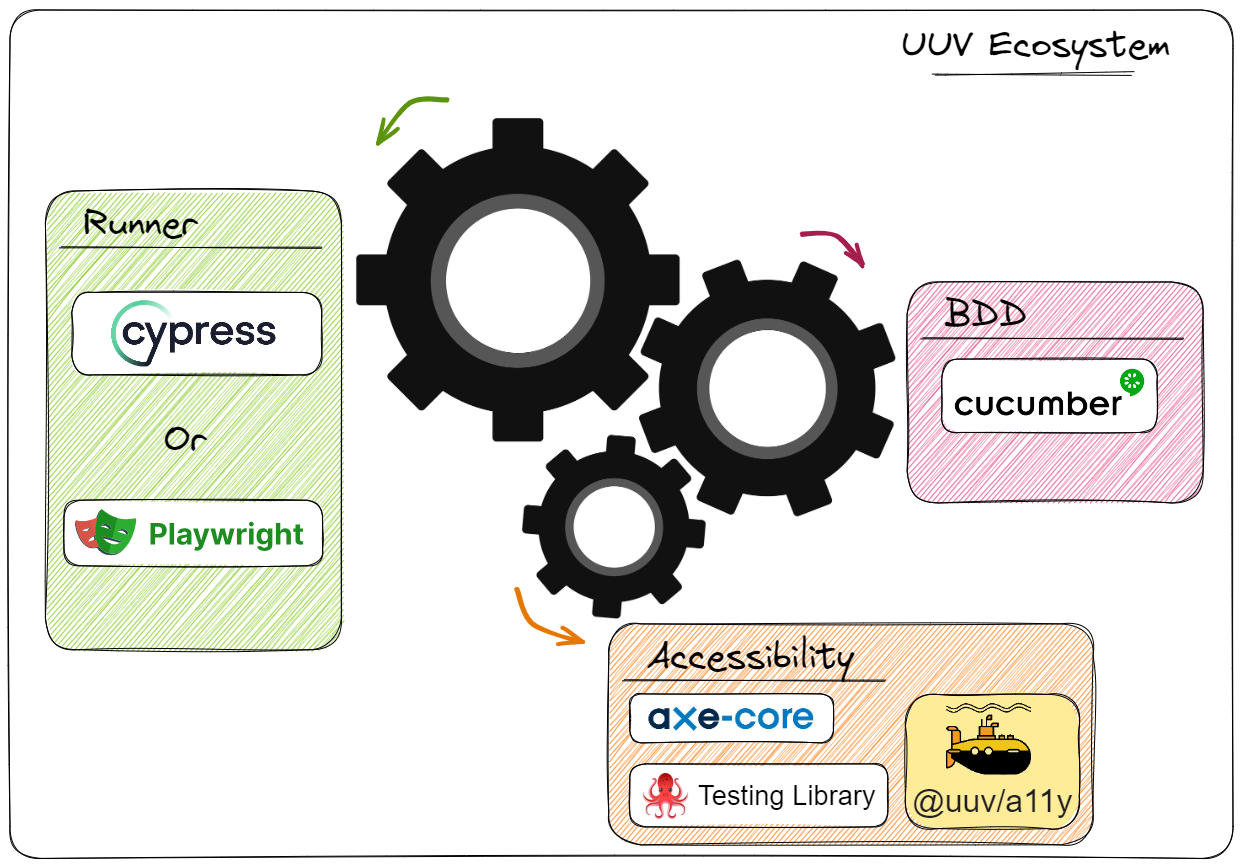

Have you considered having Headscale on a cheap VPS? We are actually doing that and it is pretty capable. IIRC, you can configure not to use the tailscale servers at all, and use your own public VPS for coordination. Bonus point, tailscale hired the Headscale developer and maintainer, and they are allowed to work on Headscale while on their payroll. The team looks very much into FOSS.



Oh, never heard of amnezia. Never needed actually. But it looks like a good improvement on Wireguard. I will need a separate setup to test it out and currently I’m away from home with no clue when I will return. If I happen to find anything, I will definitely ping you.
In the HN page you linked many people mentioned v2ray. Have you tried that? How good is it?